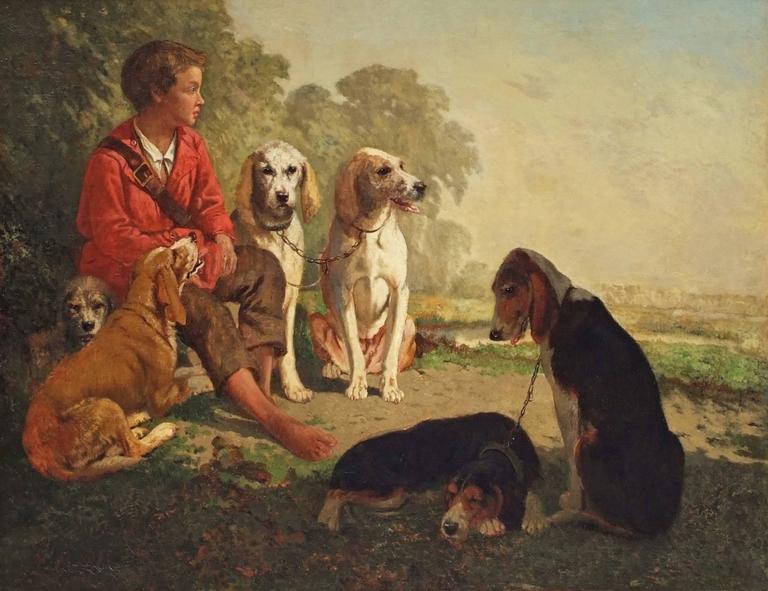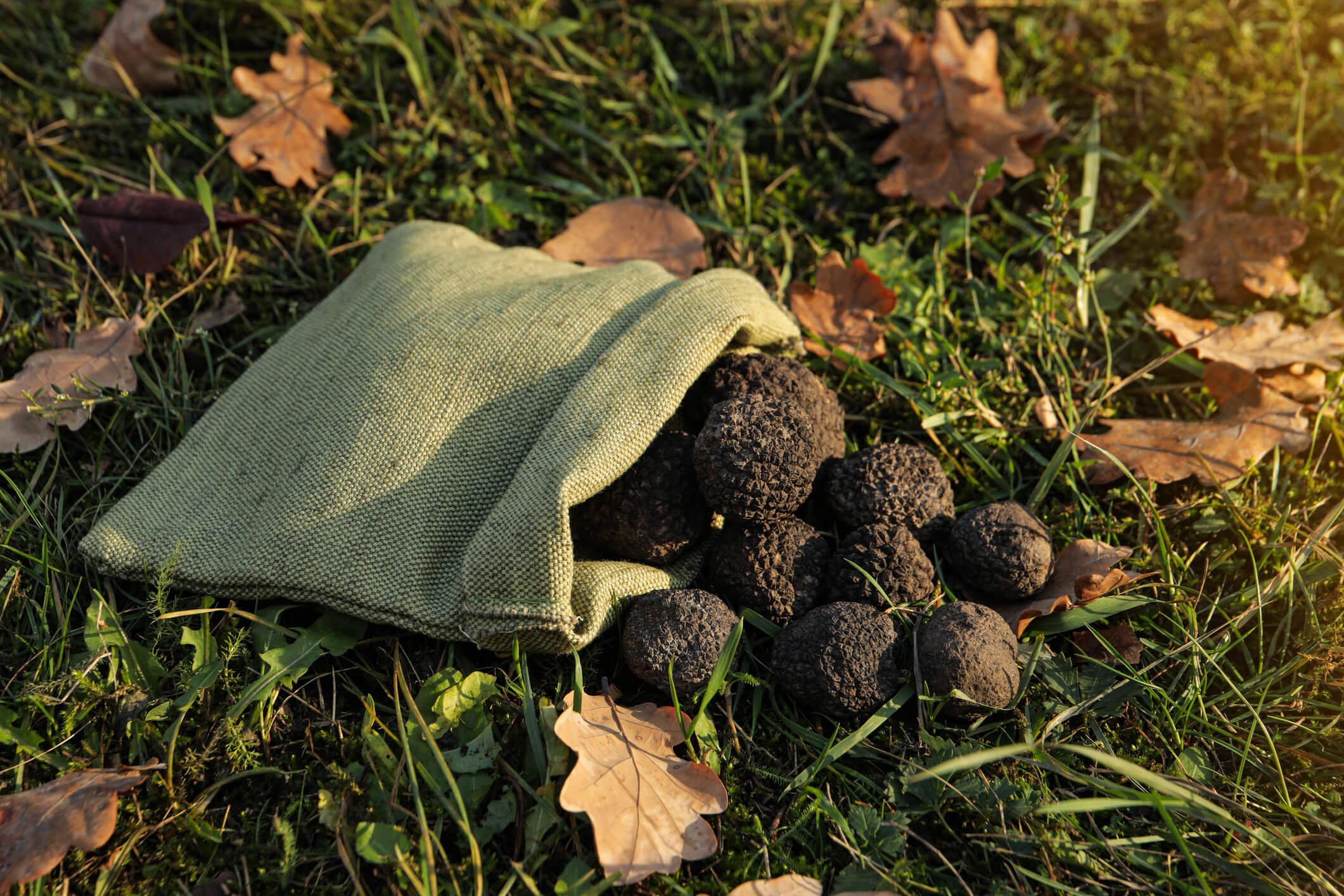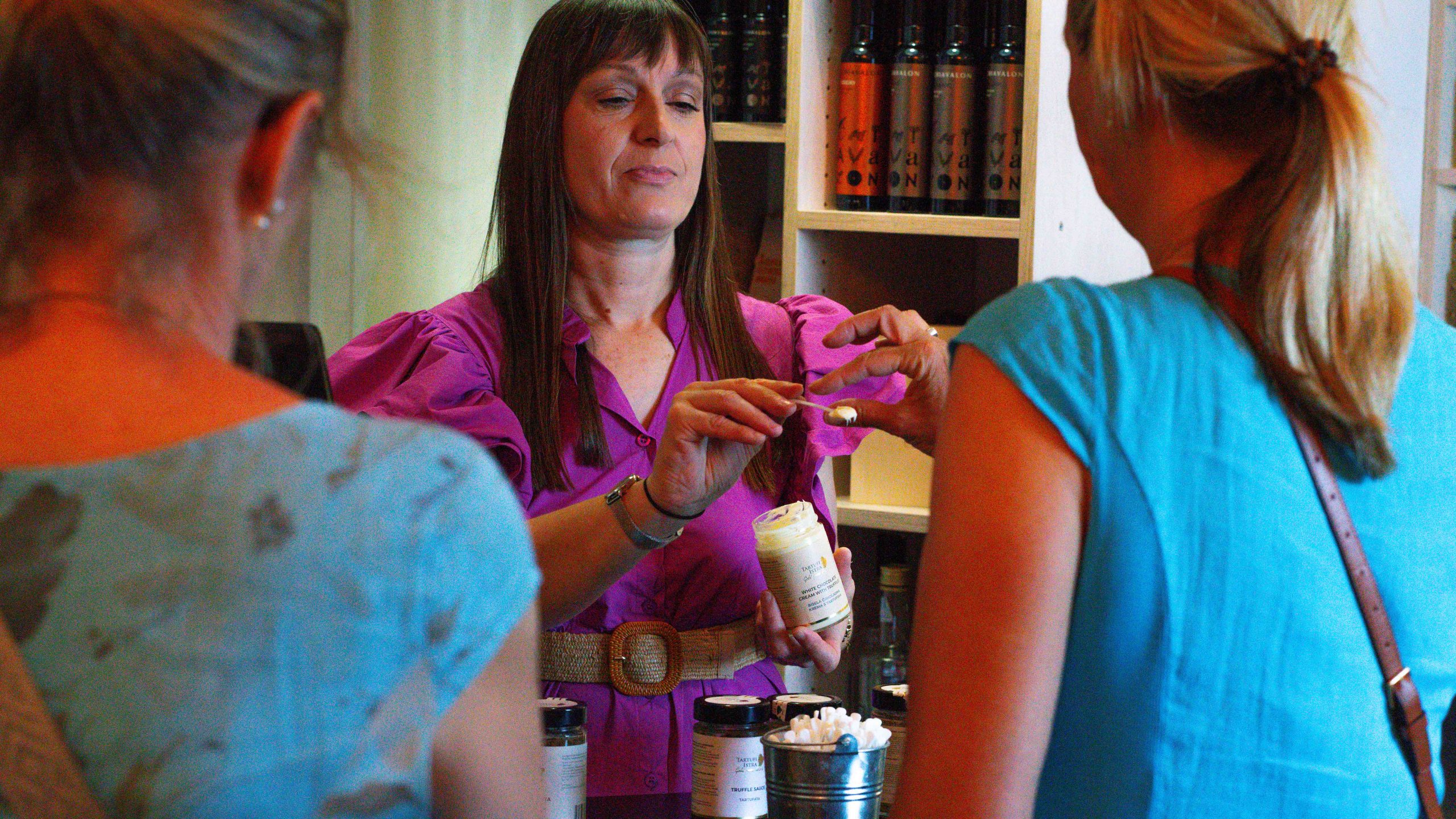The History of Truffles in Istria:
How Earth’s Gold Became a Global Culinary Symbol
When someone says ‘truffle’ today, most people picture a plate of steaming pasta and a few generous shavings on top. But that’s only the end of the story. The beginning – as it often goes – is deep underground. Istrian truffles are now served in star-rated restaurants, but their origin was silent, without fanfare. A walk through the forest, eyes scanning the ground, a dog stops, and silence turns into discovery.
Antiquity and the Middle Ages: A Forgotten Treasure
The Romans knew about truffles, no doubt. Pliny, Apicius – they wrote about the flavor, about the mystery of how they emerge after storms. But Istria? That part’s unclear. Did truffles grow here? Almost certainly. Did anyone know what was beneath their feet? Maybe. But written records are quiet.
Then came the Middle Ages. Hunger, humility, religion. Truffles disappeared from the table, but not from the forest. Istria was under foreign rule, people worked, trees grew, and under the bark of an oak – the truffle still breathed. No one mentioned it, but it was there.
The 19th Century: The First Written Clues
In the 19th century, things started moving. Nobles came to Istria – not for truffles, but for hunting, nature, escape. And while dogs dug around, people noticed these ‘peculiar fungi’. Samples were sent off, questions were asked. This was the first spark of curiosity. No market yet, no gastronomy – but someone, somewhere, asked, ‘what is this?’
At that time, the truffle was not yet a symbol of luxury. It was something unusual, fragrant, but not necessarily desirable. You could find it at markets here and there, more as a curiosity than a delicacy. In the forests of Motovun, peasants would come across it by chance, often not knowing what to do with it. Some would feed it to the dogs, others would bury it back in the ground. But rumors spread – about a mushroom that smelled through cloth, about a taste that evoked earth and forest air. About a fungus fit for kings.

The 20th Century: The Forest as a Partner, Not a Backdrop
After World War II, everything changed. People returned to nature – because they had to, not because it was fashionable. In the Motovun area, and around Livade and Buzet, the forest became a source of survival. Truffles weren’t advertised, but they were searched for. Dogs knew the trails. Grandfathers knew the valleys where the moisture held. No one asked too many questions.
Knowledge was passed down without words. Through a glance. A path. And the forest – always the forest – gave to those who didn’t force it. That’s how it all began. No PR, no festivals, just a man, a dog, and the ground.
Terroir: Istria Is More Than Soil – It’s Rhythm

There’s a reason truffles love Istria. The soil near the Mirna River has the kind of structure you can’t replicate. The moisture lingers just enough. The forest canopy lets in just the right amount of light. And the symbiosis with trees – oak, poplar, willow – you don’t learn that from books. You feel it when the dog stops.
There’s no farming here. There are attempts, sure, but the truffle decides whether to grow. And that’s the beauty. You can’t force it – you can only be close enough when it chooses to appear.
Tourism and Truffles: Two Worlds Meet
These days, more and more people come to Istria for truffles. Not just to eat them, but to search for them. Truffle hunting tours have become a part of the tourist experience – but the real magic is when the dog stops. When the guide goes quiet because he knows something’s below.
A truffle on the plate is the climax, but the journey to it – that’s what stays with you. And when visitors go home, they may not remember the exact flavor, but they’ll remember the silence of the forest and the scent of the earth they just dug through.

Quality That Can’t Be Standardized
In Istria, truffles are still found – not made. And that’s the difference. There are no big farms. No neat rows under greenhouses. Just the dog, the forest, and the season. Sometimes abundant, sometimes meager. But always honest.
Every truffle that ends up on a table has a story. And that’s something you can’t write on a label – but you can smell it when you open the box.
The history of truffles in Istria has no ending – each season is a new beginning. Every dog that walks into the forest is a new hope. Every grandfather who teaches his grandson – a continuation of the line.
That’s why a truffle isn’t just an ingredient. It’s a connection. With nature, with people, with silence. And Istria? Istria just listens – and remembers. Like every good terroir should.
